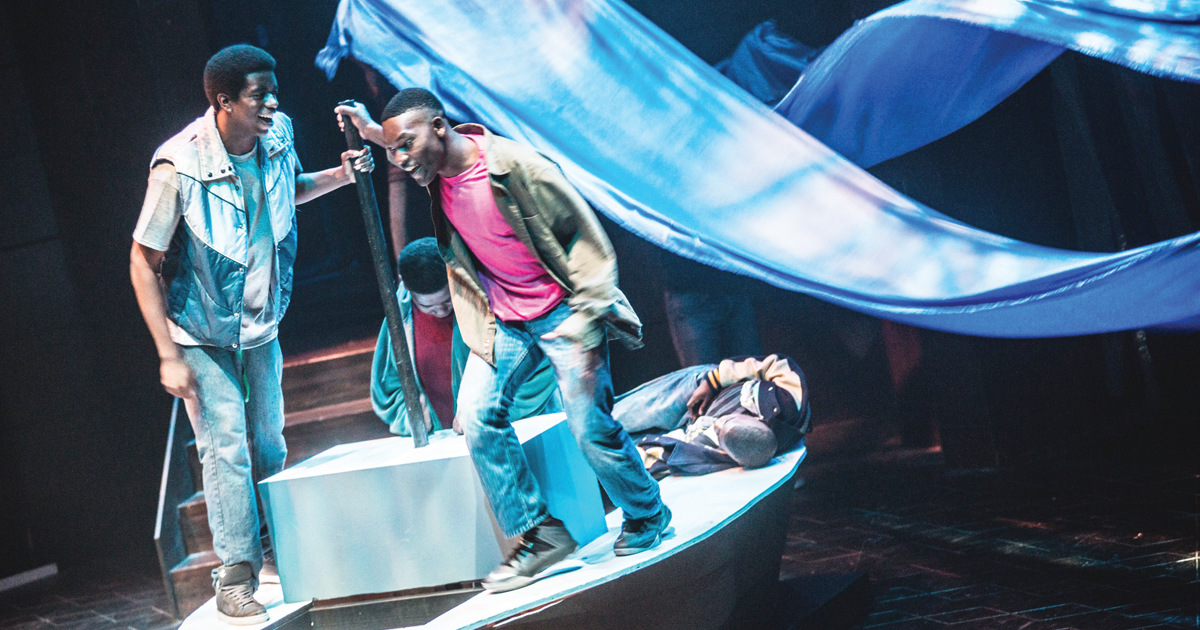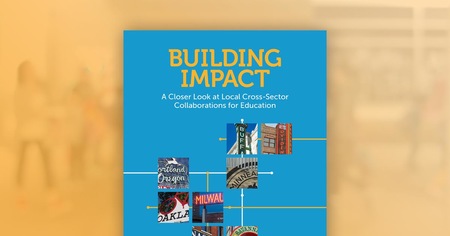When out-of-school time (OST) learning is at its very best, it features these characteristics:
- It offers children time to explore a variety of disciplines and to find their passions.
- It helps connect children to their peers and to their communities.
- It makes learning more personal and relevant and supports academic achievement.
Many of these same transformative qualities are found in arts learning. When you combine the two, you amplify each—and learning is supercharged. Imagine this enriching scenario during the OST haven that is summer. Summer learning gives kids additional time to create and explore, without the schedule restrictions of the school day. They have freedom and motivation to find their passions; to elevate their artistic voices.
Dallas City of Learning (DCoL) is a public-private citywide partnership between the City of Dallas and Dallas Independent School District, managed by the nonprofit group Big Thought. All students have access to summer learning opportunities that can stem summer learning loss and promote academic benefits. Summer learning can take place outside the classroom and within the community, opening doors to venues, experiences and neighborhoods children may never have experienced. Partnerships with community agencies and service providers can introduce students to new worlds of possibilities.
During the most recent DCoL summer programming, students created 3-D printing graphics, learned photography, wrote poetry, fired ceramics, assembled mosaics, made musical instruments out of PVC pipes, arranged flowers, danced, sang, acted on stage, and participated in a reading and Q&A session with a published poet and author. Those kinds of arts enrichment foster incredible academic support that can lead to strong gains in core academic subjects.
In fact, summer programs that combine instruction in math and reading with enrichment activities such as the arts can produce academic benefits, per a multicity project funded by The Wallace Foundation. A new study from RAND of the National Summer Learning Project finds that students who were high-attenders—defined as at least 20 days—in Dallas ISD summer programs as part of DCoL saw significant benefits. These were equivalent to 20 to 25 percent of a year's learning in math and reading.
Keeping young minds active and artistically engaged is a hallmark of summer learning. The best-quality OST and arts-learning programs share the same best practices: They are hands-on, active and interactive, and project-based, and they explore real-world issues in a dynamic, student-centered way. They allow students to apply school learning to the world around them, making learning more meaningful and personal.
Even students struggling with problem behavior can turn their lives around through intensive arts learning. The Creative Solutions OST program, which operates year-round in partnership with the Dallas County Juvenile Department, Southern Methodist University and Big Thought, teaches performing and visual arts to high-potential young people eager to find their way back. These youth learn social-emotional skills associated with being ready for college and jobs, such as teamwork, decision-making, problem-solving, critical thinking and communication.
Youth who participated in Creative Solutions in 2014 and returned in 2015 experienced a 22 percent increase in social skills and a 15.9 percent decrease in problem behaviors over the course of two summers, according to a study Big Thought conducted. At the close of the seven-week Creative Solutions summer program at SMU, a culminating theater event and art exhibit instills pride in the creative participants, giving them a new, positive pathway for the future.
The arts are potent. They inspire, they rejuvenate, they transform. When you merge arts with summer learning, the possibilities are infinitely positive.
Written by Gigi Antoni, President and CEO of Big Thought. This article originally appeared in the Winter 2017 issue of AfterSchool Today magazine, the official publication of the National AfterSchool Association.
Photo courtesy of Can Turkyilmaz.




